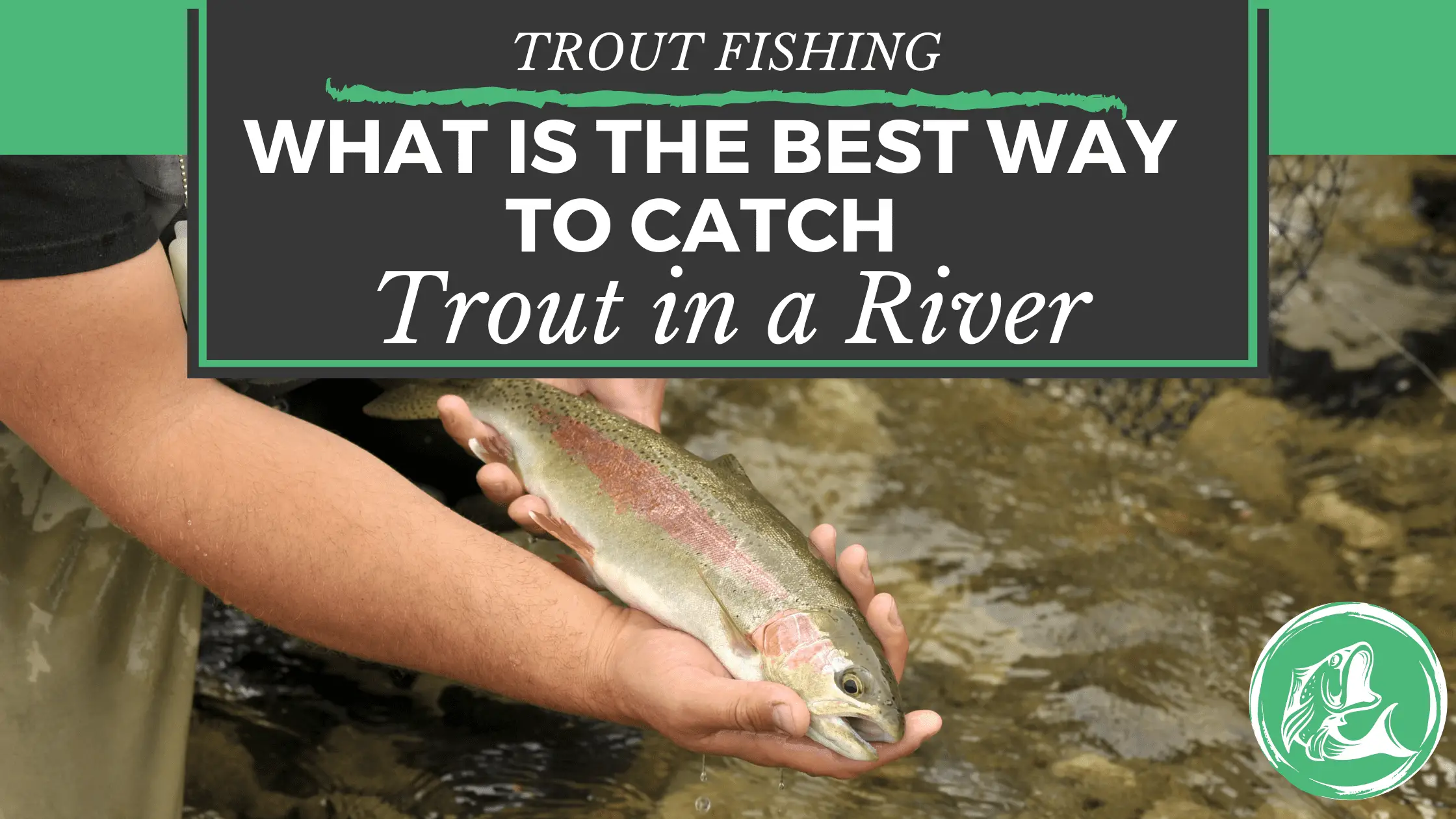Understanding the waterway is a vital part of having victory over these graceful beasts: a.k.a trout. If you’re fishing the river for them, you’ll need some expert help. Trout will swim all through the moving water the entire day to eat, so catching them isn’t always an easy ordeal.
The initial step is to understand the trout’s behavior. It is lazy and less intelligent compared to other water species. Hence, they love rivers and currents where they don’t have to search for food. Success in river trout fishing depends on what baits you use, and the most common are bugs and flies.
River trout fishing can be tricky, but the food, waterway, and relaxation summarize the day in a trout’s life. If you know how to use these to your advantage, trout fishing will be a cinch. So, let’s get to it.
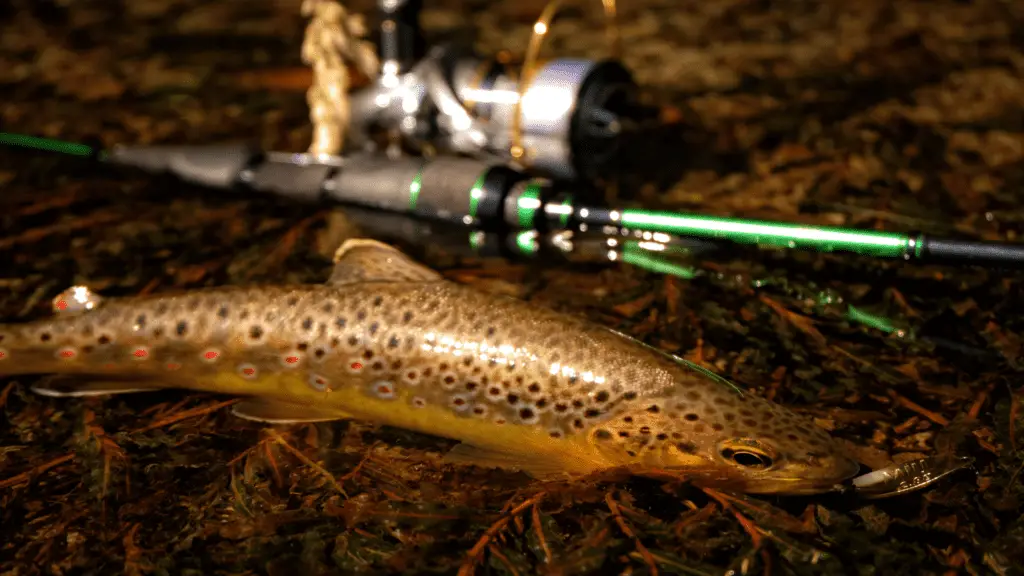
What to Use to Catch Trout in a River
Trout fishing with a traditional spin rod and reel is simpler than fly fishing for some anglers. The tumbling flows and consistent progress make it ideal. This setup will permit you to cover water quicker when trout fishing.
1. Snap Swivel
Whenever you utilize shifting gear in a river recovering fake trout baits, you must use a snap swivel. These will hold your line back from bending to the terminal point.
2. Line
Many anglers suggest you use a 6 to 10-pound test fluorocarbon line regarding line size and type.
3. Rod Selection
As far as rod determination goes, let’s keep it basic. A medium-light rod is all that is required here. This size will easily handle spinners and Rapalas the same. This is one rod that is highly recommended: Daiwa Megaforce Travel Spin
4. Reels
For trout fishing in waterways, there’s no compelling reason to get overpriced with your fishing reels. The cost doesn’t make any difference, so as long as it works, you’ll be good. If you are looking for a quality trout reel, this one is highly recommended: SHIMANO Sedona Fi
How to Find Trout in a River
To know how to find trout, you have to understand the river’s anatomy. Fortunately, it’s not hard because rivers flow in a rifle, run, and pool pattern. Here’s where you can find trout:
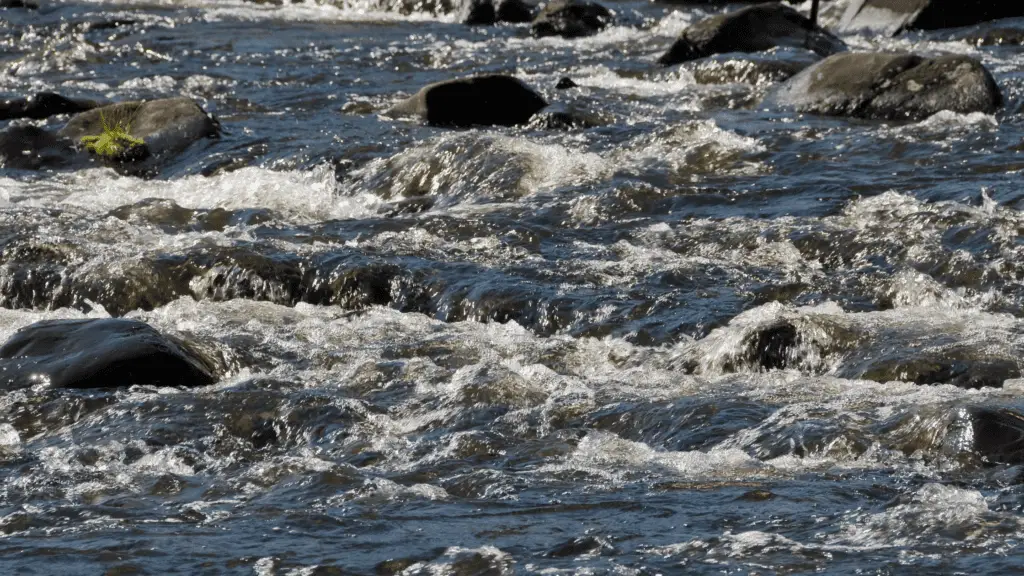
1. Riffle
River’s rifles appear in solid flow and shallow waters. In an enormous waterway, this region would be the white-covering rapids. You’ll notice stone banks breaking through any riffle in a river. Generally, this river space would have little trout since the water’s depth is not enough to house a great many trout.
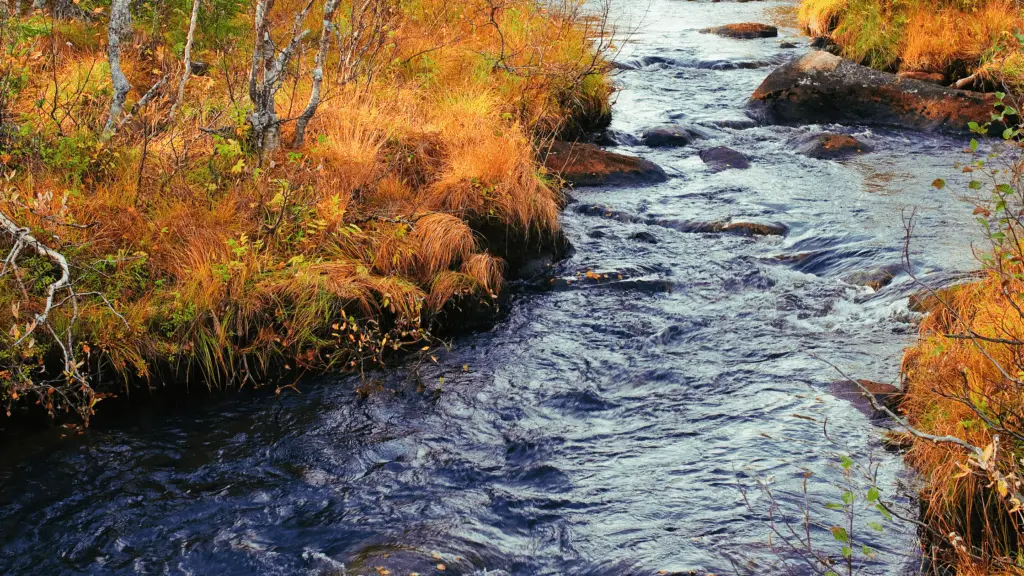
2. Run
River’s run is slower than a riffle. If you’re looking for river spaces with adult trouts, this is your smartest choice. It gives excellent coverage. Also, the current of the water has a moderate speed and this is in favor of the sluggish trout. Its optimal natural surroundings give trout sufficient haven and conveyed food.
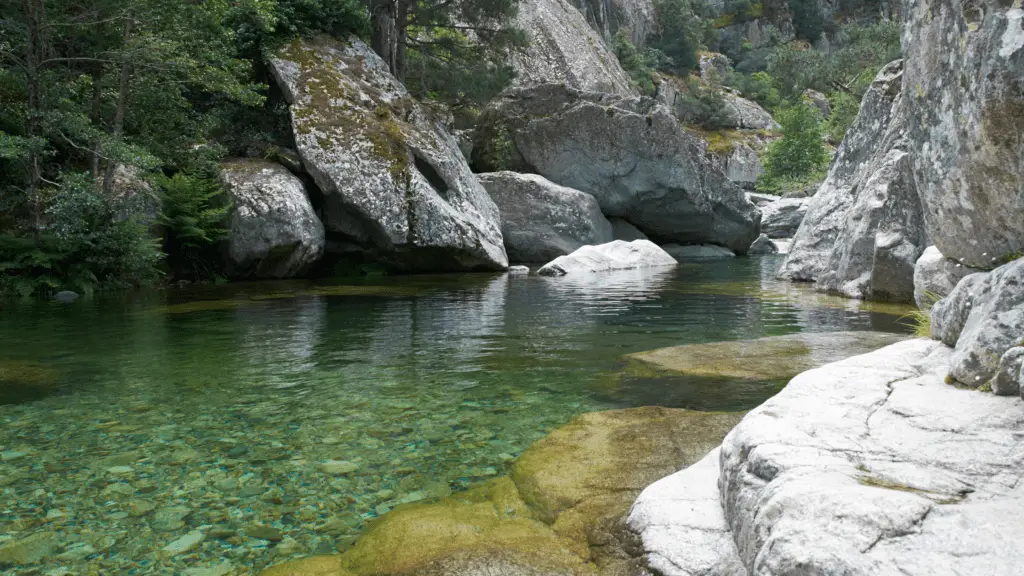
3. Pools
The pools are the slowest of all the river’s portions. Expect deep waters and a moderate current. You just might spot some Enormous Browns here.
Best Way to Catch Trout in a River
Fishing in rivers can be enjoyable. It will help if you guarantee that you cover many regions as could be expected with each cast to be robust. It seems like it is hard to adapt. However, it is straightforward, and here’s how:
- To fish against the course, gaze straight across the river and select a stone. That rock is 0 degrees for reference. You need to project at around 20 degrees, which is upstream to one side of your reference rock.
- The justification for this is that your bait will go with the current. When your draw is at around 340 degrees from your reference rock, close your bail and reel.
- As you reel, pull your baits in wide ranges towards you. It will cover the most extensive space of the river. While doing this, the bait’s activity will work the whole project and be more viable.
- The current heaving is valuable for fishing both wet and dry flies. It is a lot less complex than the previous strategy. Consider what speed you need your fly to float and pitch it into a space that works best.
- Cast pointedly upstream and attempt to get out on the water the extent that you can. Gradually recover your line as the fly buoys downstream and rehash.
Watch Jordan of Addicted Fishing as he demonstrates how to catch trout in creeks, rivers, or streams. In this YouTube video, he also shared some tips for successful trout fishing.
How to Catch Trout in a River Using Worms
There are a few ways of reasoning, yet all in all, here are the customs most anglers use to catch trout in a river using worms. Chris Hunt of Trout Unlimited shared tips to help you get more fish and make your fishing trips more fulfilling.
First, keep your worms cool. Forgetting about your worms in the warmth will turn your worms to mush. They’re just acceptable on the off chance that you keep them cool. The more relaxed they are, the less they’ll squirm while teasing your bait.
Get your hands soiled. To begin with, it keeps your human aroma off the worm. Fish have superb noses and may not hit your worm once they smell something off-putting. Also, a little soil on your fingers will help you control the worm as you skewer it and push it up the hook.
Cut the worm. Worms can now and again squirm viciously in the water, and you may introduce a feast that is to some degree threatening. Trout particularly like good bits, so think about slicing your worm down the middle if utilizing a nightcrawler. Better than the nightcrawler, use red worms for trout.
Pierce one of the worms onto the hook. Slide it until it arrives at your line. Consider how you put your sock on toward the beginning of the day. Do it likewise, aside from leaving a segment of the worm hanging to protect its worm-like presence in the water.
When utilizing tiny worms, hook a few of these little worms to conceal the hook.
At regular intervals or thereabouts, reel in your line to ensure your worm is still secured. You would prefer to sit around idly with something on your hook. When you’re fishing, time is your ally!
Catching Trout in a River With Bugs
Bugs regularly end up falling into the water and turning into a delectable little treat for trout swimming by. The most well-known and compelling approach to rig delicate plastic bugs for trout is on a split shot rig.
Add a hook with around 8 inches of the line under a barrel swivel. Also, put a couple of split shots over the swivel. Rig your bug as far onto the hook as you can. It sinks your bug to the base, which is a good showcase of what happens when bugs fall into the water.
Catching Trout in a River With Flies
Soft plastic lures generally emulate grasshoppers, crickets, worms, hellgrammites, and flies. Those you find in the mud or vegetation around a river or brook are the kinds of insects you’d want to emulate.
Anglers suggest you use flies that match the local food supply (or hatch) to better your odds. Consider a couple of fly variants. However, don’t be modest about using tiny flies. Individuals avoid little flies since they feel that they won’t work, and this couldn’t be farther from the truth.
Regardless of how little the fly is, trout have excellent apprehension when searching for food. They will see the fly if the water is clear. Attempt some flies for trout hanging in the current around 3 or 4 feet behind specific stones.
Catching Trout in a River With Lures
Anglers can choose from numerous fake lures to get trout in the river. Nonetheless, one draw has been demonstrated to be excellent over time: Worden’s Original Rooster Tail. It is an inline spinner. This easy yet incredibly viable lure has been around for quite a long time.
It comes in numerous sizes, just as a heap of shading designs and is incredibly powerful for all trout species. Rooster Tail spinners accompany a characteristic inherent activity and glimmer, making them simple for fishers to utilize.
Final Thoughts
One of the best ways to get trout is doing it in rivers. This waterway matches the trout’s lazy behavior. The water current moves the food to where the trout is. Hence, the critical aspect in catching trout in a river is what food, lures, and bait you will cast into the water. Likewise, another vital factor is understanding the river’s anatomy to know where trout hide.
Head off to the area where the trout hide and apply the techniques and tips to catch it successfully. Above all else, you should enjoy doing these things in the river!

